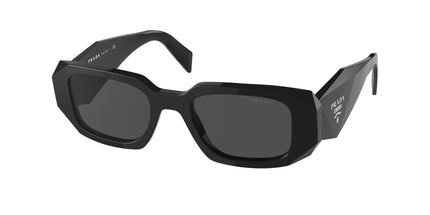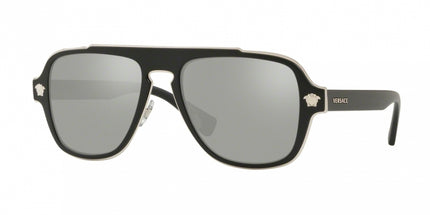Having Surfer’s Eye? Everything You Should Know!

If you think wearing glasses is the worst that could ever happen to you, falling prey to eye conditions is even worse. Surfer’s eye, better known as pterygium, describes an unusual growth of eye tissue.
This unusual growth can extend from the conjunctiva to the cornea. Conjunctiva is the clear tissue covering the white part of the eye, and the cornea is the outer layer that protects the eye. A pterygium can be treated with eye drops. However, some cases may require surgery.
So, if you wear glasses, make sure you take extra care of your eyes. Here’s what you need to know about a surfer’s eye and when you need surgery.
Surfer’s Eye: What is it?
Pterygium usually grows from the eye’s inside (from the nose side) toward the cornea. However, sometimes, it may grow from the outer side of the eye (ear side) to the cornea. Pterygium can look like webs in the eye, with a wing-like shape.
Eye specialists don’t know the exact reason for what causes pterygium. But they consider environmental factors to be the leading cause. It’s called a surfer’s eye, as long-term exposure to wind, dust, or sun factors can cause this condition.
It’s sometimes called a Farmer’s eye, as these environmental factors usually affect farmers and surfers. Patients suffering from pterygium can also have dry eye conditions, as it’s pretty common.
But this condition isn’t specifically related to farmers and surfers. People who spend most of their time outdoors, without wearing glasses or protective eye gear, have a high chance of contracting this condition.
Pterygium is prevalent in countries close to the equator, such as Africa and South America. If you expose your eyes to UV rays, dust, and wind daily, remember to wear protective eyeglasses, sunglasses, goggles, and artificial tears to moisten the eyes.
Pterygium vs. Pinguecula
People diagnosed with pterygium may confuse their condition with a pinguecula, which is a similar eye condition with yellow or white growth on the conjunctiva. The difference between the two is that pterygium can grow in size and adversely impact the cornea.
However, pinguecula remains limited to the conjunctiva. Pinguecula occurs from the proteins, calcium, or fat deposits, making it different from the tissue that forms pterygium. In most cases, ==’;//////////////////pa pinguecula does not affect the person’s vision09q -.
OTC eye drops or prescription steroid drops can alleviate the discomfort and symptoms. So, it mostly doesn’t require surgical removal.
Symptoms of Pterygium
Pterygium can be identified from the red, pink, or white lesion on the conjunctiva. You may have irritation or redness in the eye or feel something may be stuck in the eye. When the pterygium increases and reaches the cornea, it may lead to astigmatism. These symptoms can take years to develop as it’s a slow process.
Pterygium’s Surgical Removal
Many pterygium cases are mild, and eye drops can treat them. But if the condition increases to the cornea, it can affect the vision and cause severe pain. In such cases, surgery is required. People may go for surgery for cosmetic purposes.
Pterygium may be required to remove before cataract surgery. The eye surgeon will remove the growth caused in the eye and graft a healthy conjunctiva onto the affected eye to ensure the condition doesn’t return.
Here are a few surgeries that an ophthalmologist may perform depending on the case of pterygium:
- Pterygium Excision: removal of sclera pterygium. It removes the body and head of pterygium, leaving the sclera to heal. However, there’s a high chance that pterygium can reoccur after the procedure and be even larger than before. This procedure isn’t usually performed in the modern day anymore.
- Excision with Mitomycin C: after excising the pterygium, the ophthalmologist will use Mitomycin C (MMC). MMC is a medication that prevents pterygium from re-growing. MMC inhibits fibroblasts, which is a call type that helps form the connective tissue. 5-fluorouracil may also be used (an anti-cancer drug) in exchange for MMC.
- Excision with Conjunctival Autograft: it removes pterygium and fills the gap of conjunctival tissue with transplanted tissue from the outer white part of the eye. This procedure lowers the chances of pterygium occurrence to under 10%. However, the surgery is longer and is only done by an experienced ophthalmologist with a steady hand and impeccable technical skills.
Conclusion
It’s best to wear protective eyeglasses or sunglasses to ensure your eyes remain safe from these environmental factors from surfer’s eye whenever you’re outdoors. So, don’t compromise on your vision.
















 Back to Blog Page
Back to Blog Page









